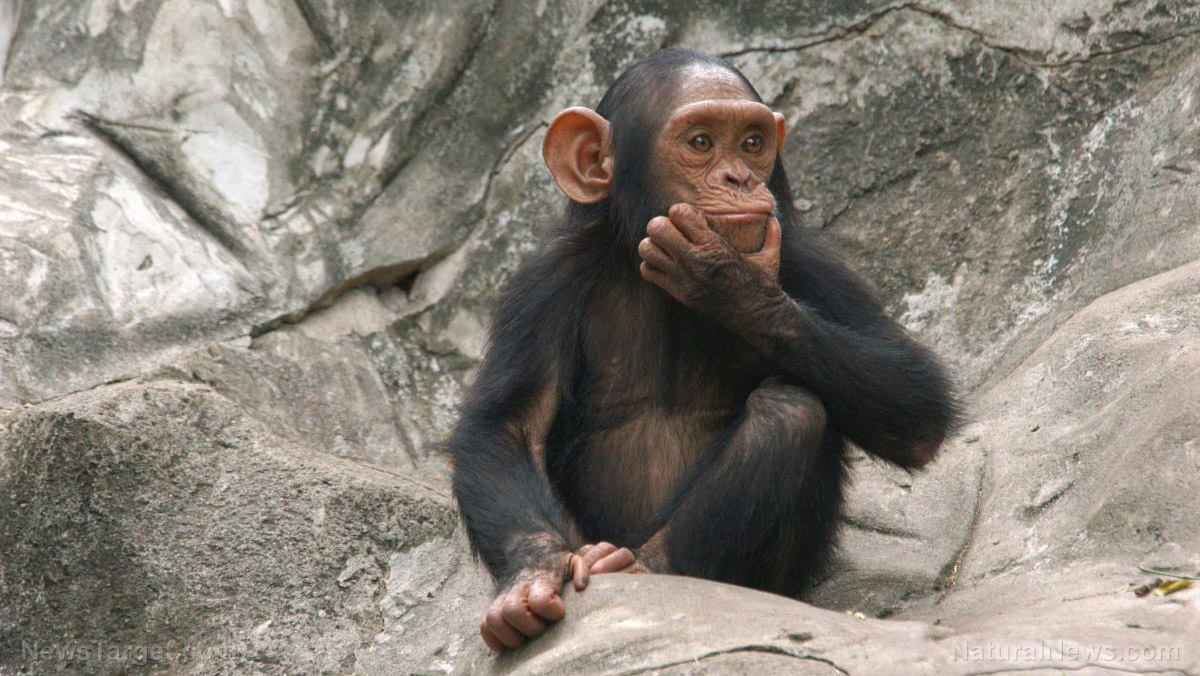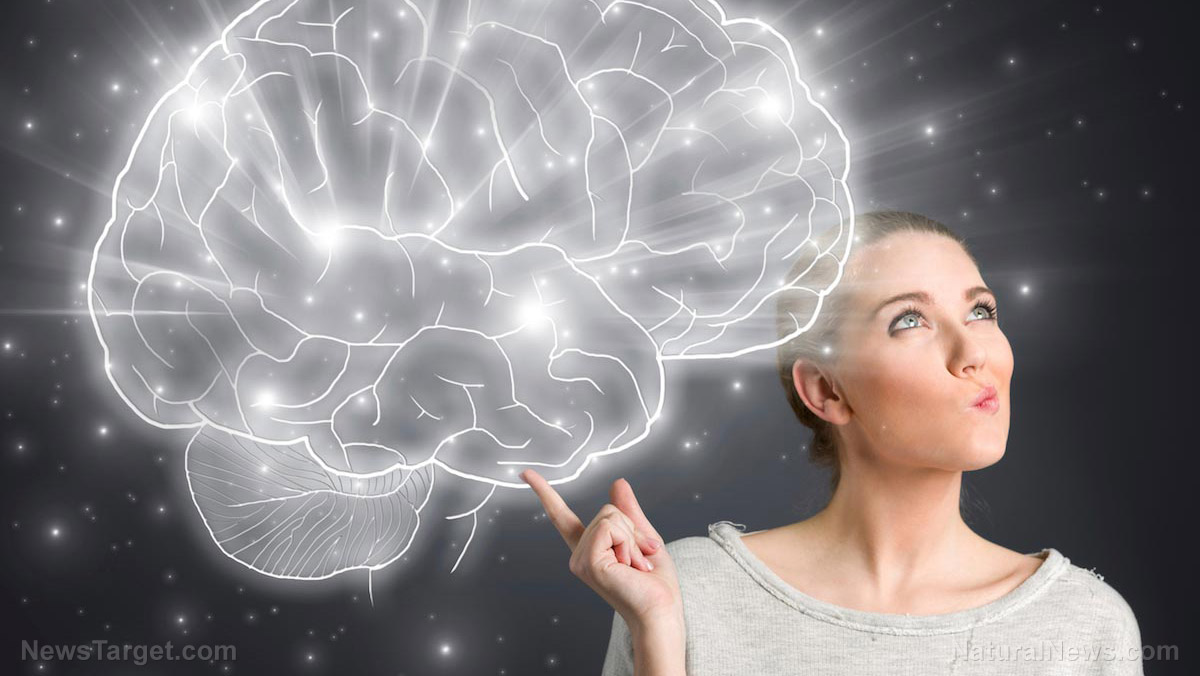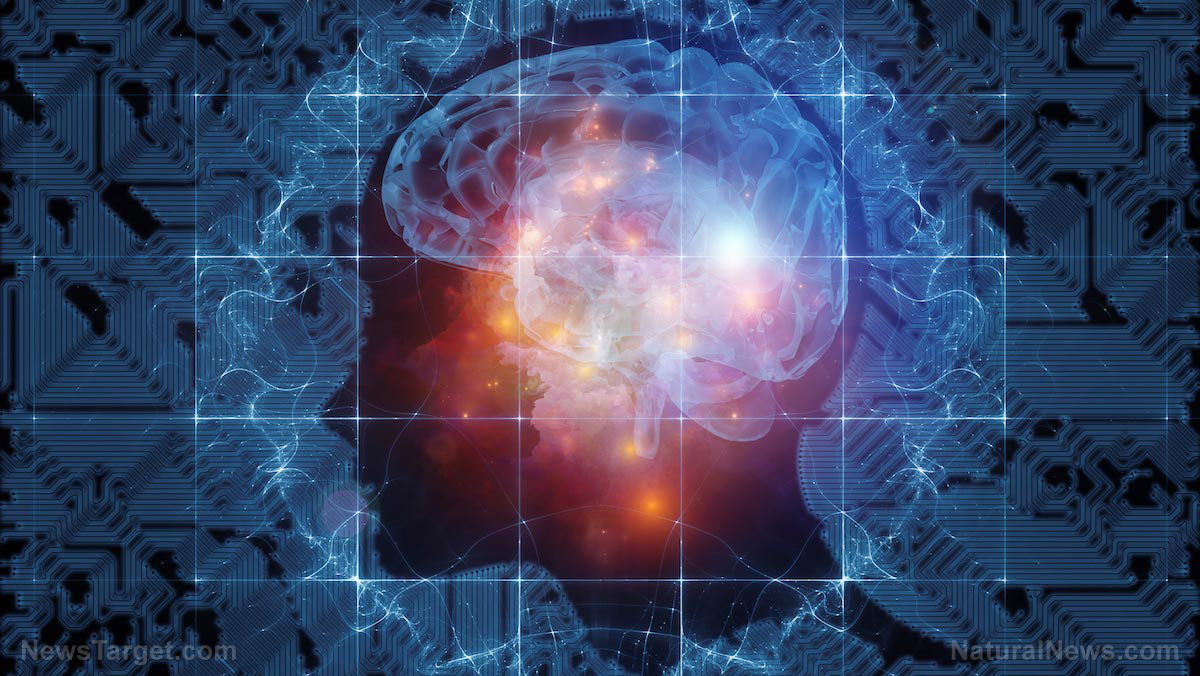Chimpanzees found to accumulate and transfer cultural knowledge from one generation to the next
07/29/2017 / By Jhoanna Robinson

A study that was recently published in the journal Evolution and Human Behavior showed that chimpanzees, which the theory of evolution says are where men are descended from, exhibit “cumulative culture”, or the ability to build on the work of others. Until now, it was thought that only humans, baboons, and pigeons had this ability.
In the study that was conducted by University of St. Andrews School of Psychology and Neuroscience professor Andrew Whiten and his colleagues from the University of Texas and the University of St. Andrews in Scotland, chimpanzees were given juice in a large container and a piece of straw that was outside their enclosure. The chimpanzees in the control group who were presented with these items failed to conceptualize what they needed to do in order to get the juice; this is a novel challenge for ape minds. However in other groups of chimpanzees wherein one of them was taught how to use the tool, the chimpanzees watched and then imitated the actions of the learned chimpanzee to be able to get a drink from the container.
“This and other recent studies are beginning to show that some non-human animals are better equipped to improve the complexity of their cultural behaviors over time than was previously believed,” said study first author Dr. Gillian Vale from the University of Texas. (Related: Federal government limits chimpanzee research.)
They said that the findings of the study are relevant for grasping what may have happened as human evolution progressed.
Bonobos do not have the skill of imitation
It could be that chimpanzees are the only ones in the ape family who are gifted with the ability to learn from other beings. Bonobos surely do not have that gift. According to a study that was conducted by researchers at the University of Birmingham and Durham University in the United Kingdom, which was featured in the journal Child Development, bonobos do not copy actions of other beings that they interact with, unlike human children, who do.
“The fact that the bonobos failed to imitate demonstrates that even enhanced social orientation may not be enough to trigger human-like cultural learning behaviors,” said Claudio Tennie, research group leader at the University of Tubingen in Germany, who co-authored the study when he was still with the University of Birmingham.
For her part, lead author and Durham University assistant professor of psychology Zanna Clay said, “The young children were very willing to copy actions even though they served no obvious function, while the bonobos were not. Children’s tendency to imitate in this way likely represents a a critical piece of the puzzle as to why human cultures differ so profoundly from those of great apes.”
Bonobos were chosen to be part of the study as they are our closest ape relatives, aside from chimpanzees.
The lineage of modern humans and chimpanzees/bonobos split around eight million years ago. The two great ape species’ lineage further split around two million years ago. However, scientists said it was the bonobos who remained more human-like as compared with chimpanzees.
According to Bernard Wood, professor of human origins at the George Washington University Center for the Advanced Study of Human Paleobiology, “Bonobo muscles have changed least, which means they are the closest we can get to having a ‘living ancestor’.”
Read up on more stories such as this one at Discoveries.news.
Sources include:
Tagged Under: acquired knowledge, Anthropology, bonobos, chimpanzees, cultural knowledge, culture, cumulative culture, Evolution, humans, knowledge




















